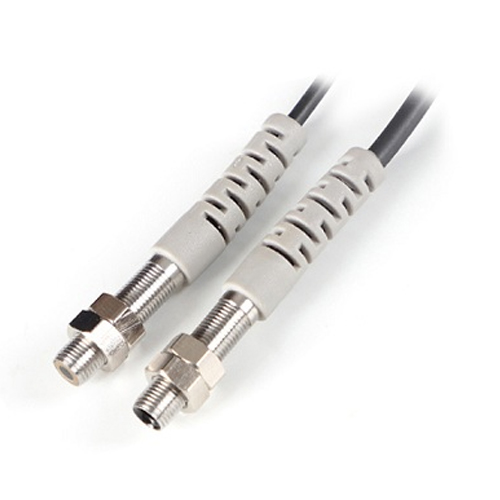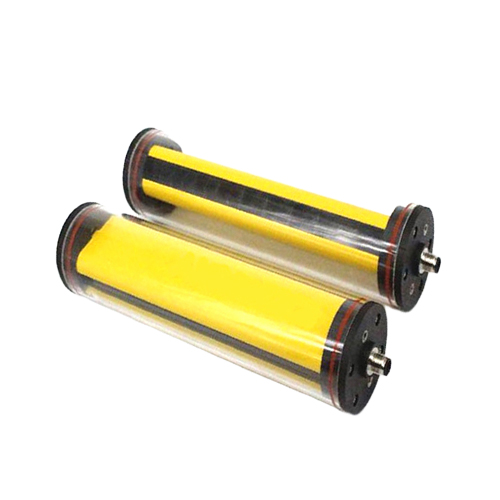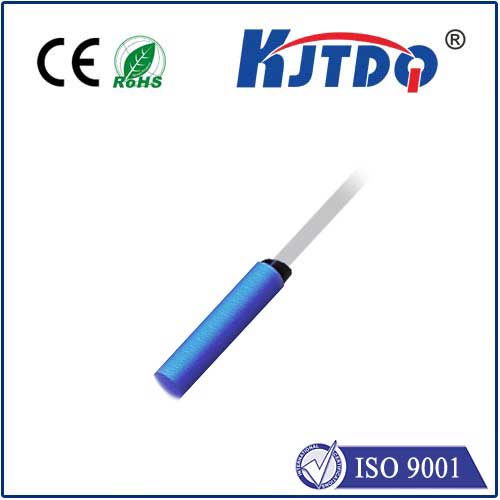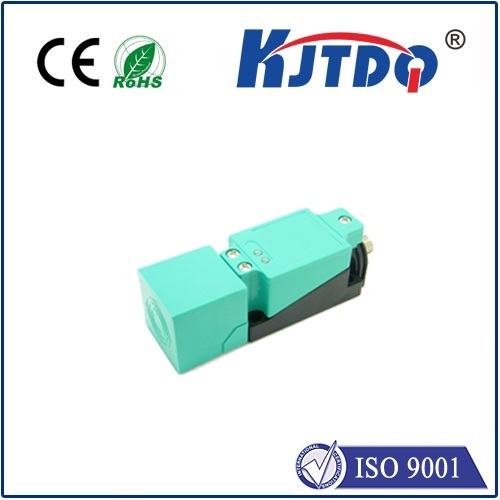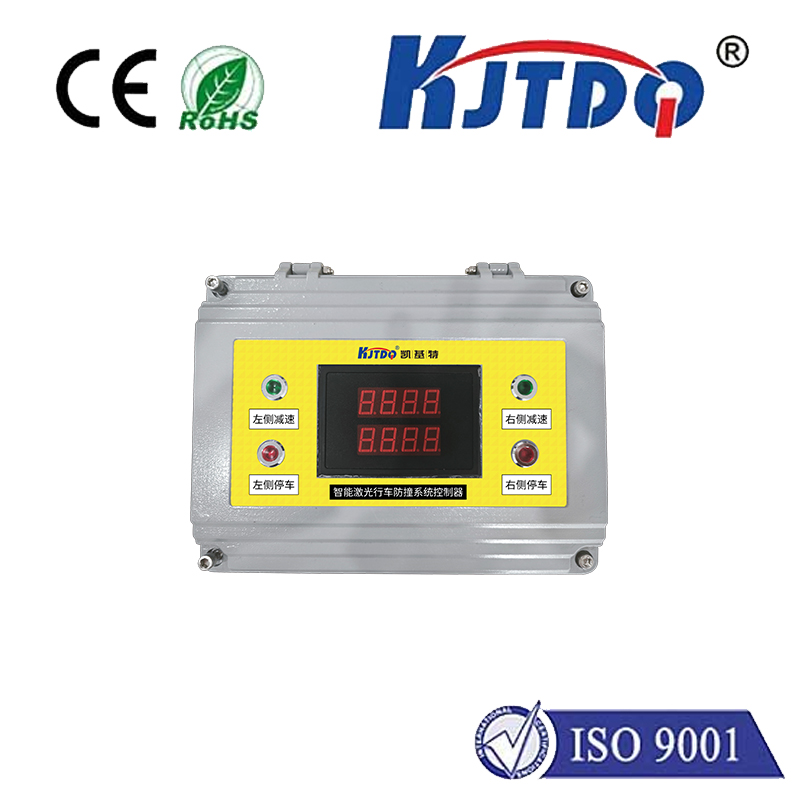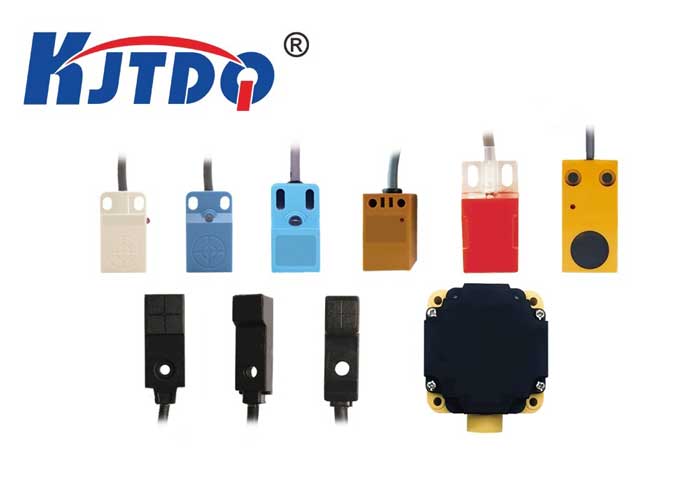

check

check

check

check
Imagine controlling your lights, appliances, or garage door remotely with the versatile Shelly 1 smart switch. It’s a fantastic piece of hardware, offering cloud and local control to automate your home. But what if you could unlock an entirely new capability hidden within its compact form? What if this affordable device could also become your vigilant temperature sensor, alerting you to potential freezer failures, overheating server cabinets, or even fluctuating room conditions? The exciting reality is that with a simple, inexpensive modification, your Shelly 1 can become a powerful Shelly 1 temperature monitoring tool.
The Shelly 1 itself isn’t natively equipped with an integrated temperature sensor. Its core function is to act as a robust relay switch, intelligently turning connected devices on or off based on schedules, app commands, web interfaces, or integrations with platforms like Home Assistant, Google Home, or Alexa. However, Shelly’s engineers included a powerful feature often overlooked: an Analog-to-Digital Converter (ADC) input accessible via the GPIO34 header pin on the device. This input is designed to measure voltage levels (typically 0-3.3V or 0-10V depending on configuration). This is the critical gateway we exploit to add temperature sensing.

This transformation hinges on a fundamental electronic component: an NTC (Negative Temperature Coefficient) thermistor. This small, inexpensive sensor changes its electrical resistance predictably in response to changes in temperature – as the temperature increases, its resistance decreases. To interface this thermistor with the Shelly 1’s ADC, we create a simple voltage divider circuit. Here’s the setup:
3V3 or VCC) on the Shelly 1’s header.In this configuration, the NTC thermistor and the fixed resistor form the voltage divider. The Shelly 1 measures the voltage at the junction point (GPIO34). As the temperature changes, the resistance of the NTC changes, altering this voltage. The Shelly firmware then converts this measured voltage into a resistance value using the known value of the fixed resistor, and subsequently converts that resistance into a temperature reading using the thermistor’s specified beta (β) coefficient or lookup table.
Transforming your Shelly 1 into a functional temperature sensor is remarkably straightforward. Here’s what you’ll need and the basic process:
3V3, GND, GPIO34, etc.).3V3.GPIO34.GND.ADC (or Analog Input) settings.Temperature. (This is vital!)Accuracy is paramount for reliable monitoring, so calibration is highly recommended. While the Beta value provides a theoretical curve, actual components can have slight variances. Compare your Shelly 1’s initial readings against a known accurate reference thermometer placed near your thermistor probe at a stable temperature (like room temperature water in an insulated container). If there’s a consistent offset, apply that adjustment value in the Shelly device’s “Offset” field within the ADC/Temperature settings. This simple step significantly enhances the reliability of your DIY sensor.
Unlocking temperature sensing transforms your humble Shelly 1 into a versatile guardian across numerous scenarios:

